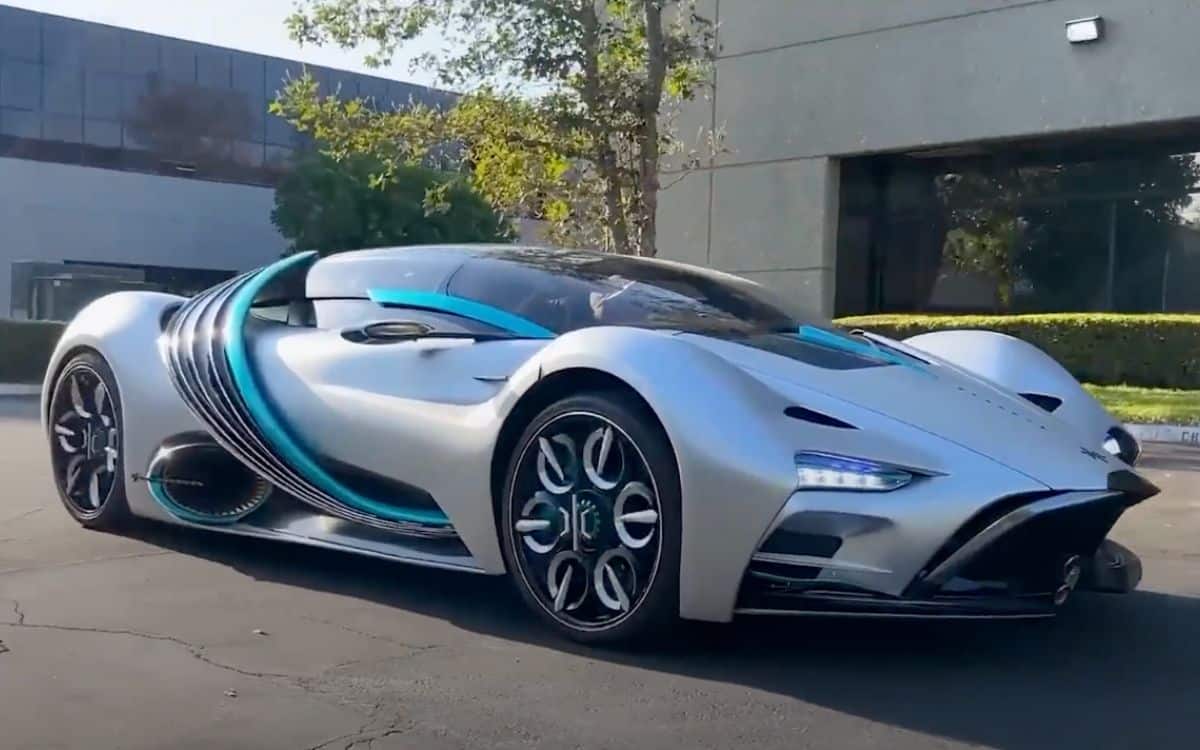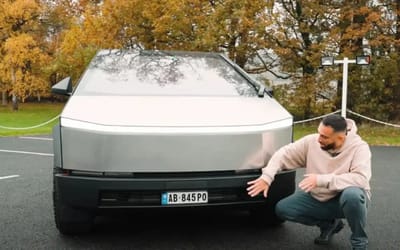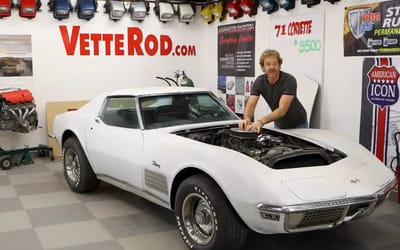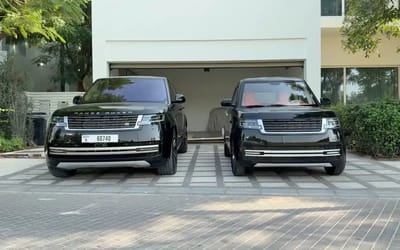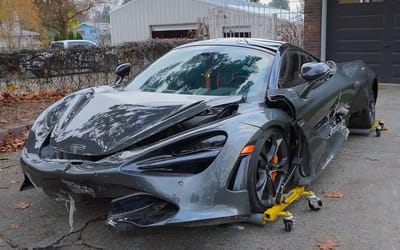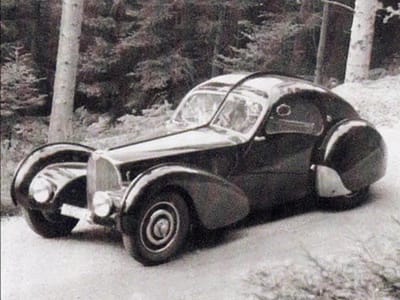Supercar runs on hydrogen and exhales drinkable water through its exhausts
- This car is not your average supercar
- It’s powered completely by hydrogen
- It exhales drinkable water through its exhausts
Published on Jan 23, 2024 at 4:37 PM (UTC+4)
by Amelia Jean Hershman-Jones
Last updated on Jan 25, 2024 at 6:16 PM (UTC+4)
Edited by
Alessandro Renesis
This is the Hyperion XP-1, a hydrogen-powered beast that exhales nothing but drinkable water through its exhausts.
It could be the future of supercars.
Supercar Blondie’s Alex Hirschi had the chance to see it in the metal, and it looks incredible.
CHECK IT OUT IN THE CLIP DOWN BELOW!
READ MORE! MrBeast reveals the astronomical amount he spends on each video
The Hyperion XP-1 is a zero emission car with NASA technology.
It runs on hydrogen and produces drinkable water and water vapor as exhaust, with its carbon footprint far less than a regular supercar.
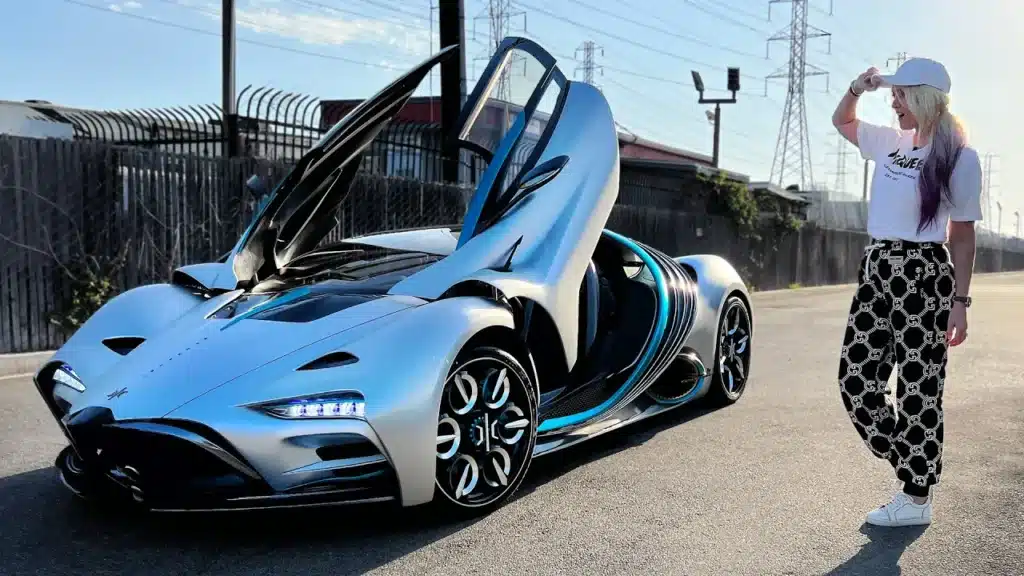
Put simply: hydrogen cars contain a fuel cell that combines hydrogen and oxygen to generate electricity.
Water is the only by-product of that reaction.
The fuel cell has no moving parts, making cars that run on hydrogen more efficient and reliable than conventional combustion engines.
What we do know is that using hydrogen as fuel is no barrier to speed.
The stunning and unique supercar can achieve a top speed of 356 km/h (221 mph).
It gets to 100 km/h (62 mph) in just 2.32 seconds.
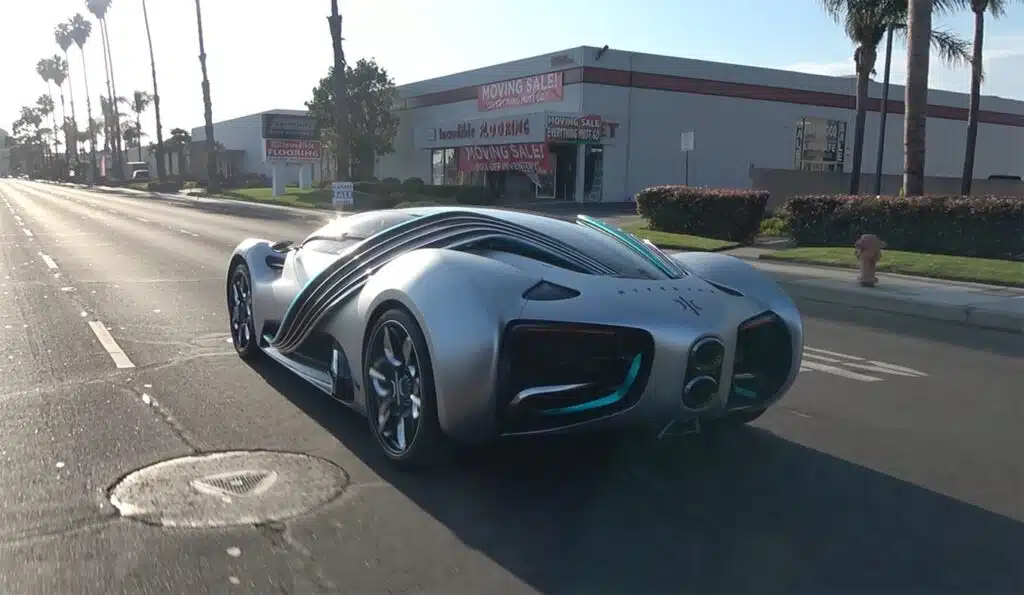
The car can get fully charged in just five minutes, has a mobile charging unit, and has a mammoth range of over 1,500 kilometers (932 miles).
As well as looking cool as hell, the hydrogen propulsion system that makes this beast go is a real feat of engineering.
Using technology straight from NASA, this car is one of the most advanced out there.
Although hydrogen cars aim to be sustainable and eco-friendly, the environmental impact of this new technology remains a bit of a mystery.
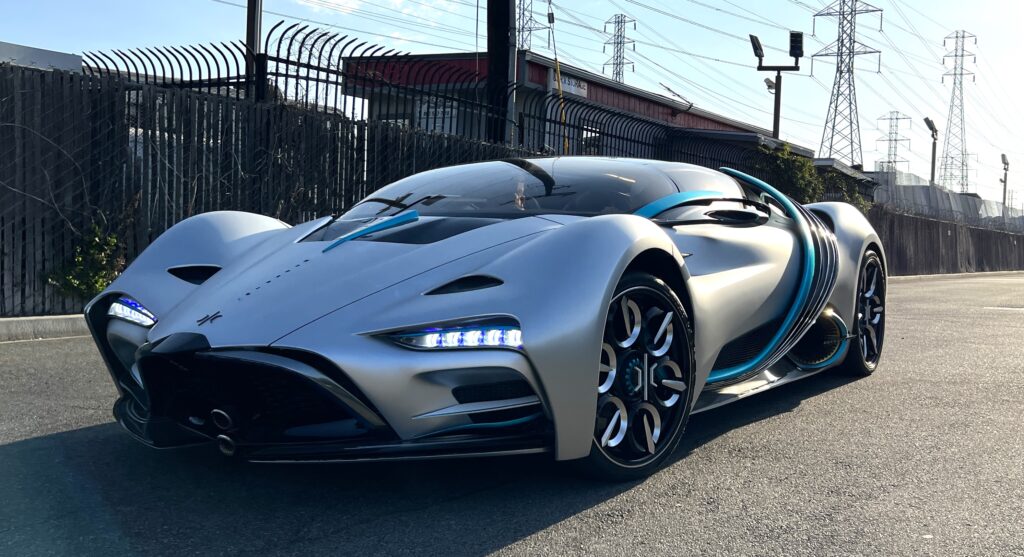
While it’s true that the cars are emitting water and vapor over greenhouse gases, making the hydrogen that fuels it requires energy – that process relies on, you guessed it: fossil fuels.
It’s predicted by Michelin, that there will be “more than 2.3 million hydrogen-powered cars and trucks are expected to be on the road in 2030”.
Mass production will be key to reducing staggering production costs.
DISCOVER SBX CARS: The global premium car auction platform powered by Supercar Blondie

London-based Amelia cut her journalistic teeth covering all things lifestyle, wellness and luxury in the UK capital. Fast-forward a decade and the experienced content creator and editor has put pen to paper for glossy magazines, busy newsrooms and coveted brands. When her OOO is on you can find her spending quality time with her young family, in the gym or exploring the city she loves.
